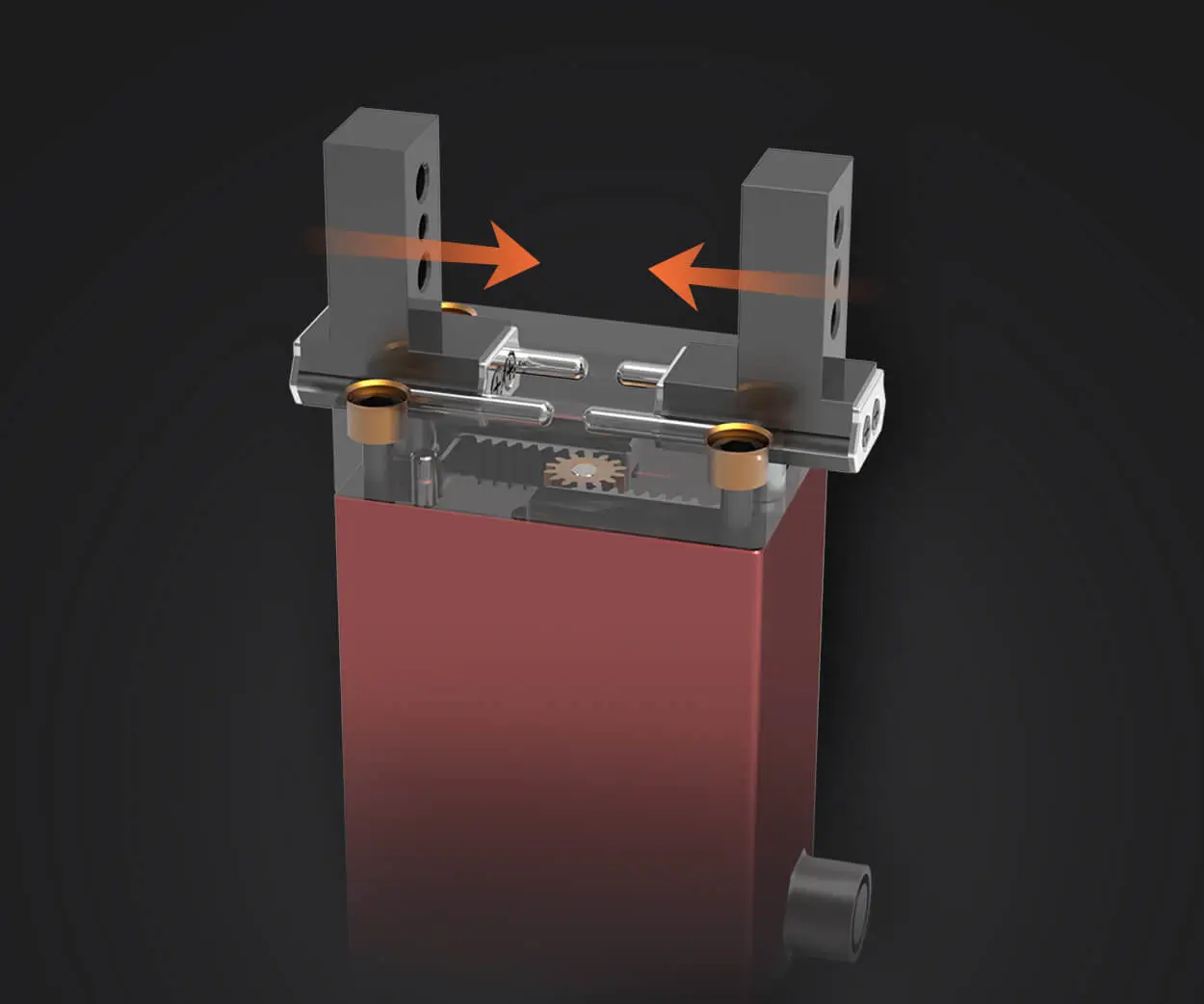Sure! Here's Part 1 of your soft, engaging article on "servo motor 90 degree rotation code," with the title, description, and keywords included.

Imagine a tiny motor capable of turning to a precise angle—say, exactly 90 degrees—and doing so reliably every time. This is the magic of servo motors, those compact marvels that have become the backbone of countless robotics, automation, and DIY projects worldwide. Whether you’re building a robotic arm, creating a remote-controlled vehicle, or designing an art installation, understanding how to command a servo to rotate precisely by 90 degrees opens up a realm of possibilities.
Servo motors work differently than standard DC motors. Instead of continuously spinning, they are designed to rotate to a specific position based on the control signal they receive. This position control capability makes them incredibly useful for applications requiring accuracy and repeatability. The core of using a servo motor in your projects is writing the right code—simple, clean, efficient, and most importantly—reliable.
Getting started with servo motor control often involves working with microcontrollers like Arduino because of its user-friendly environment and widespread community support. When you want your servo to turn exactly 90 degrees, the key lies in understanding how to send the correct signals to it.
Before diving into the code, let’s clarify some fundamental concepts. Most hobby servo motors interpret pulse widths in microseconds to determine position. Typically, a pulse of about 1000 microseconds (1 millisecond) tells the servo to go to one end of its rotation (say, 0 degrees), while a pulse of about 2000 microseconds (2 milliseconds) moves it to the other end (180 degrees). For a standard servo, the range between 0 and 180 degrees is mapped linearly to this pulse width range, with 1500 microseconds (1.5 milliseconds) corresponding to the neutral middle position (90 degrees).
This mapping allows us to control the servo position with simple code. To rotate the servo precisely to 90 degrees, you'll set the pulse width (or the position parameter depending on the library) that aligns with the middle of its rotation. This is where the flexibility of programming shines because you can adjust the rotation to exactly what you need, whether it’s a slight tweak or a full 180-degree bend.
One of the most popular platforms for controlling servos creatively is Arduino. Its straightforward programming language, based on C++, makes it accessible even for beginners. The Arduino IDE provides a built-in library called Servo that simplifies the process of controlling servo motors.
Here's a preliminary step: connect your servo motor to your Arduino board. Typically, this involves three wires—power (red), ground (black or brown), and control (white or yellow). Power and ground go to the corresponding pins on the Arduino, and the control wire connects to a PWM-capable digital pin.
Once physically connected, you can write a simple program to make the servo rotate 90 degrees. In the next part, we'll walk through the actual code, explain how it works, and add some helpful tips on fine-tuning your servo’s accuracy and speed. But first, let’s understand why control over a precise 90-degree turn enhances a project.
Think of a robotic arm that picks up objects from a conveyor belt and moves them from one station to another. The accuracy of those 90-degree rotations directly impacts the arm's ability to grasp, lift, and place objects without mishandling. Similarly, in camera gimbals, a 90-degree tilt allows for sudden, sharp direction changes, facilitating stunning panoramic shots. No matter the application, precise control over this angle ensures smooth operation, efficiency, and professional-grade results.
To accomplish this, not only do you need the right code, but also proper calibration. Sometimes, a servo doesn’t move exactly when commanded due to mechanical or electrical factors, so fine-tuning the pulse width values may be necessary. However, with a good understanding of the basics and a few lines of code, achieving a perfect 90-degree rotation becomes straightforward.
In the upcoming section, we'll delve into detailed code snippets, explore different methods and libraries, and discuss tips for troubleshooting common issues. So get ready—it’s time to turn those servo motors into your precise manipulators, making your projects smarter, more accurate, and—dare I say—more impressive.
Kpower has delivered professional drive system solutions to over 500 enterprise clients globally with products covering various fields such as Smart Home Systems, Automatic Electronics, Robotics, Precision Agriculture, Drones, and Industrial Automation.




































